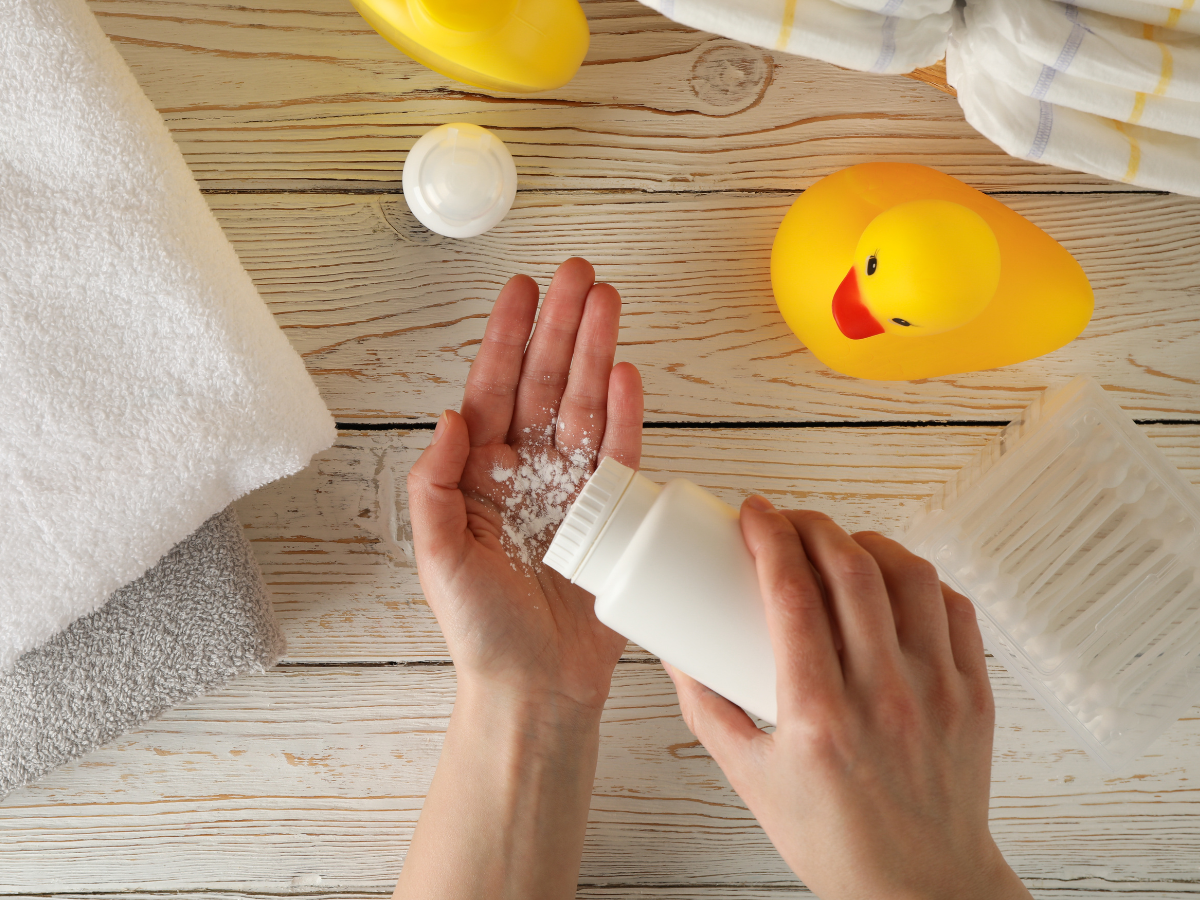What’s new?
Talc is a natural mineral composed of magnesium, silicon, oxygen, and hydrogen, commonly used in cosmetics and personal care products. Its use is currently restricted in the European Union by the Cosmetics Regulation 1223/2009 (Annex III/59).
Recently, the Risk Assessment Committee (RAC) of the European Chemicals Agency (ECHA) classified talc as a carcinogenic, mutagenic, and reprotoxic (CMR) substance, specifically Category 1B. This classification, based on animal evidence, indicates that talc is presumed to have carcinogenic potential for humans.
What now?
Following this decision, a ban on talc in cosmetics in the EU is anticipated, with enforcement expected by 2027, unless a successful exemption application under Article 15 of the EU Cosmetic Products Regulation is submitted.
In the UK, the Health and Safety Executive (HSE) is currently reviewing talc under the GB Classification, Labelling, and Packaging (CLP) regulations, and further updates on the status of this ingredient in the UK are expected soon.
References:
Minutes of the 70th Meeting of the Committee for Risk Assessment (RAC-70)








